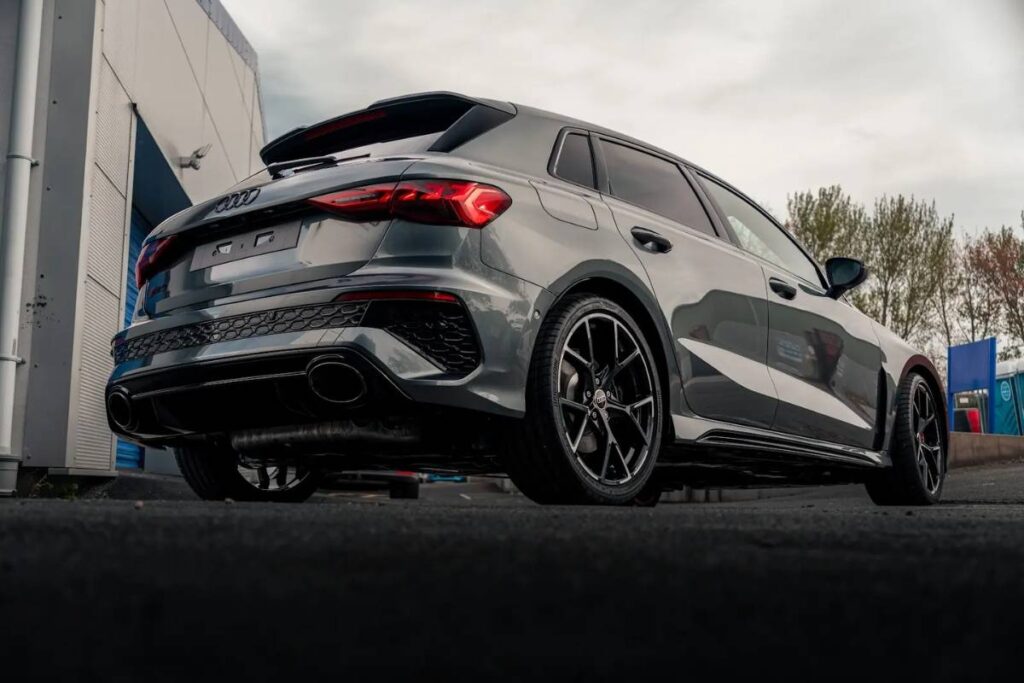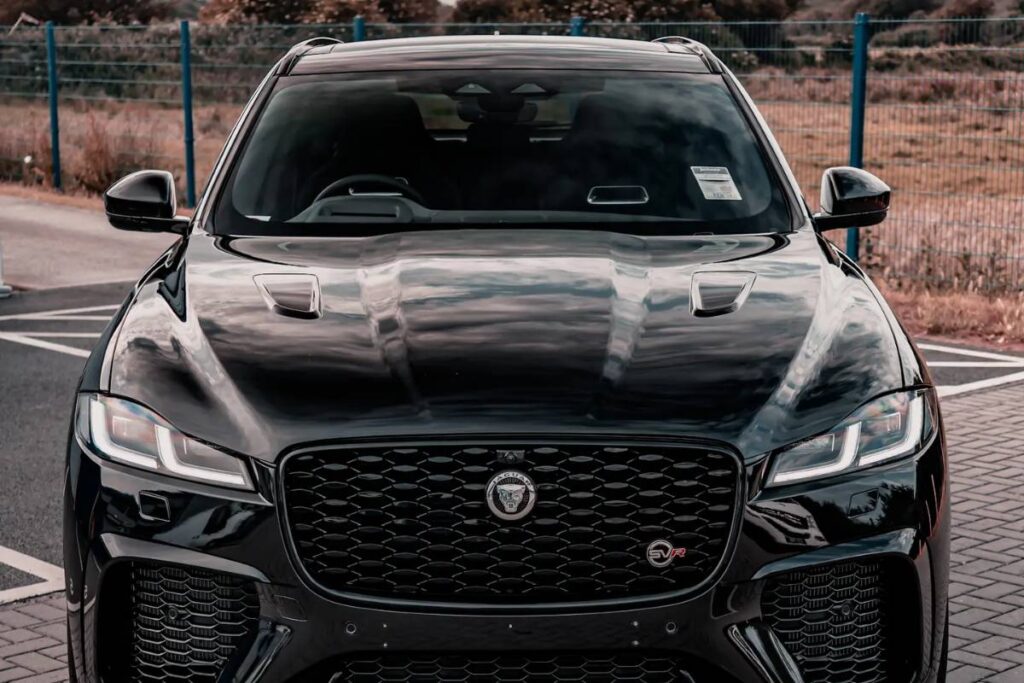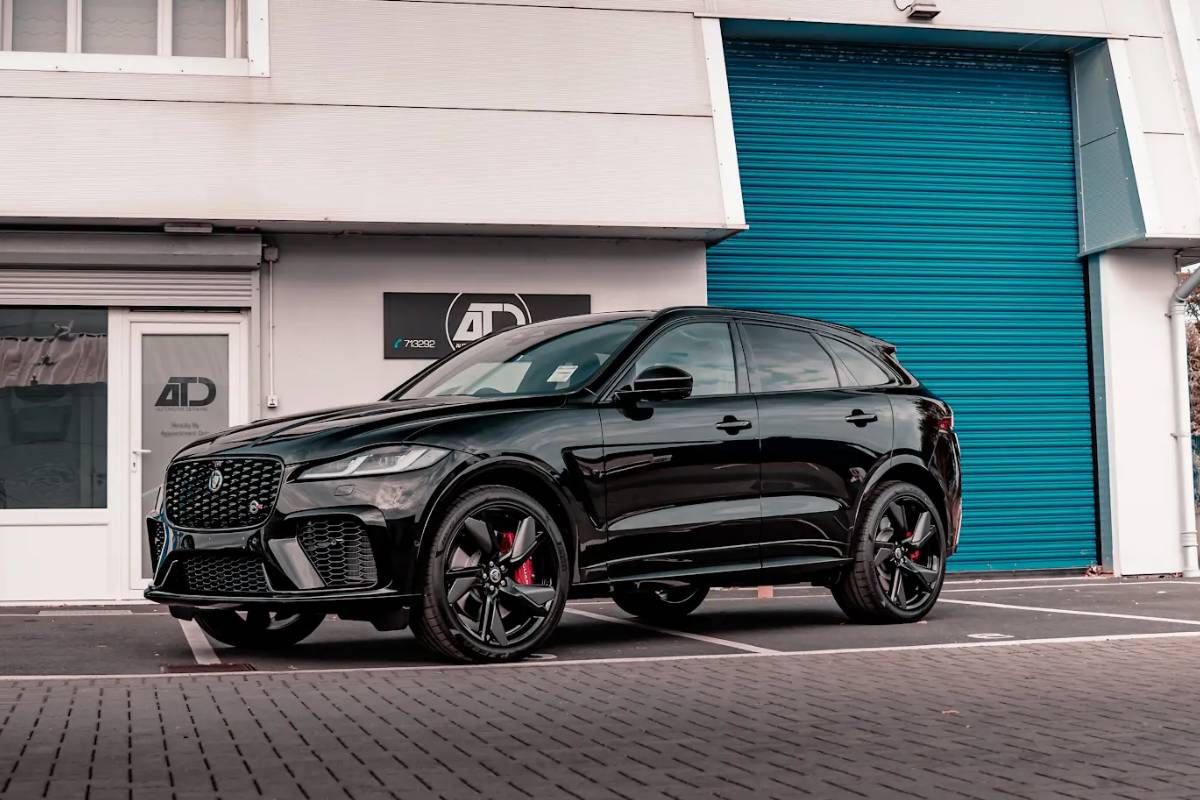Paint correction is often mentioned alongside buffing when discussing ways to restore a vehicle’s paintwork. While the two terms are sometimes used interchangeably, they actually refer to very different processes. If you’re wondering what paint correction is, how it differs from buffing, and what the steps of paint correction are, this guide will walk you through everything you need to know.
What is paint correction?
Paint correction is a detailed process that removes imperfections from the vehicle’s clear coat. These imperfections can include swirl marks, scratches, oxidation, water spots, and other defects that dull the appearance of the paint. Unlike a simple polish, paint correction goes deeper to permanently improve the condition of the surface rather than just covering up flaws temporarily.
In short, paint correction and buffing are not the same. Buffing is often part of the correction process, but true paint correction involves a comprehensive series of steps aimed at carefully levelling the clear coat to eliminate defects. By performing a proper correction, your vehicle’s paint can look as close to new as possible without a complete respray.
Understanding buffing
Buffing, on the other hand, generally refers to the act of using a machine or hand tool to apply a polish or compound to the paint surface. The goal is to improve gloss and shine by smoothing out minor surface irregularities. However, buffing often focuses on cosmetic enhancement rather than true defect removal.
Buffing may temporarily reduce the appearance of imperfections, but it doesn’t necessarily fix deeper scratches or significant damage to the clear coat. It’s typically less intensive than paint correction and can be thought of as more of a maintenance step than a full restoration.
Key differences between paint correction and buffing:
While paint correction and buffing both involve polishing a vehicle’s paint, their scope, techniques, and outcomes differ significantly. Here’s a clear comparison:
- Depth of correction: Paint correction addresses a wider range of imperfections, including swirl marks, scratches, and etching, by levelling the clear coat. Buffing focuses on lighter defects and surface-level dullness, offering a quicker fix.
- Process complexity: Paint correction is a multi-step process that may involve sanding, compounding, polishing, and finishing. Buffing typically involves a single polishing step with a general-purpose compound.
- Time and effort: Depending on the vehicle’s condition, paint correction can take several hours or days, while buffing is often completed in a few hours.
- Tools and skills: Paint correction requires advanced tools and expertise to avoid damaging the paint. Buffing, on the other hand, can be done with basic equipment and is more beginner-friendly.
- Longevity of results: Paint correction provides longer-lasting results by removing defects at their source. Buffing may temporarily mask imperfections, which can reappear over time.
In short, paint correction is a more thorough and precise process, while buffing is a lighter, less invasive option for minor paint enhancement.
What are the steps of paint correction?

If you’re considering investing in a paint correction service, it’s important to understand what the steps of paint correction involve. Here’s a typical overview:
- Washing and decontamination
The process starts with a thorough wash to remove dirt, grime, and road contaminants. A clay bar treatment often follows to eliminate embedded particles from the paint surface. - Paint inspection
Under proper lighting, the technician examines the paint to identify swirl marks, scratches, and oxidation. Tools like paint depth gauges may be used to measure the thickness of the clear coat. - Test spot
Before proceeding, a test spot is polished to determine the least aggressive method needed to correct the paint without unnecessary removal of clear coat material. - Compounding
A cutting compound is applied with a machine polisher to remove deeper scratches and defects. - Polishing
After compounding, a finer polish is used to refine the surface, enhance gloss, and remove any micro-marring left by the compounding stage. - Final wipe down
The paint is wiped down with an alcohol-based solution to reveal the true finish and ensure all polishing oils are removed. - Paint protection (optional but recommended)
After correction, many professionals recommend applying a wax, sealant, or ceramic coating to protect the newly restored finish.
Each step is tailored to the vehicle’s specific needs, and professionals may adjust the process based on the paint’s thickness and condition.
When to choose paint correction or buffing
Choosing between paint correction and buffing depends on your vehicle’s condition and goals:
- Choose paint correction if your car has noticeable swirl marks, scratches, or dullness that affects its appearance. It’s ideal for restoring older vehicles or preparing a car for a show or sale. Paint correction is also a good investment if you plan to apply a long-term protective coating.
- Choose buffing if your car has minor surface imperfections or you’re looking for a quick refresh before an event or sale. Buffing is less expensive and faster, making it suitable for routine maintenance.

For the best results, consult a professional detailer who can assess your vehicle’s paint and recommend the appropriate service.
Whichever option you choose, getting the right professional support ensures your car’s paintwork looks its best and holds its value. That’s where ATD Automotive Detailing comes in.
Ready to restore your car’s true finish?
At ATD Automotive Detailing, we deliver expert paint correction services tailored for car enthusiasts in Guernsey. Whether you’re dealing with swirl marks, scratches, or dull paint, our team at Unit 7, Anfre Estate, Rte de la Garenne, Guernsey GY1 2RL is here to help you bring your vehicle back to life.
Call us at 01481 713292 to book your free consultation today. We’re open Monday through Friday, 9 AM to 5:30 PM, and ready to give your car the attention it deserves.



